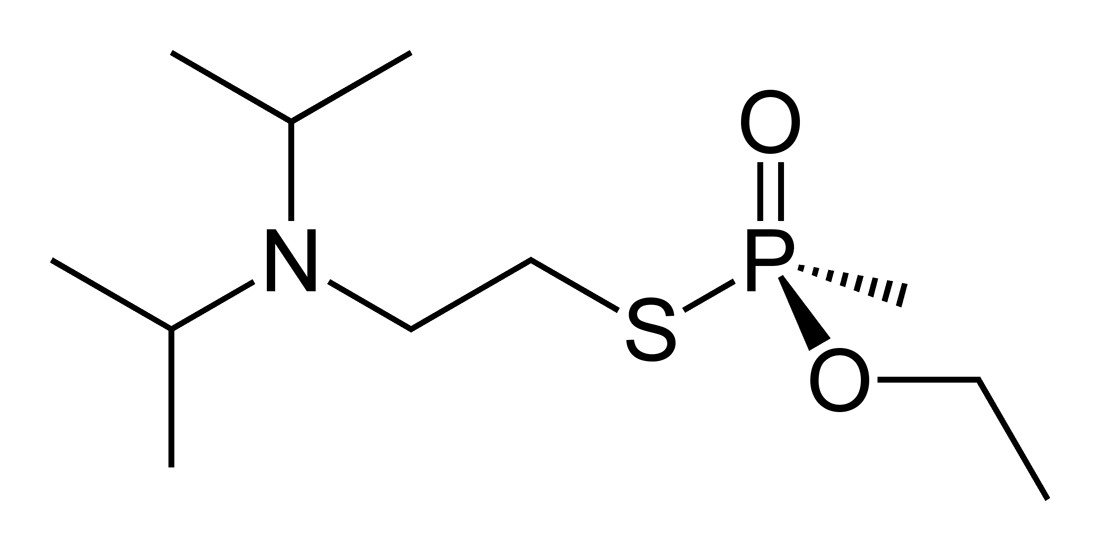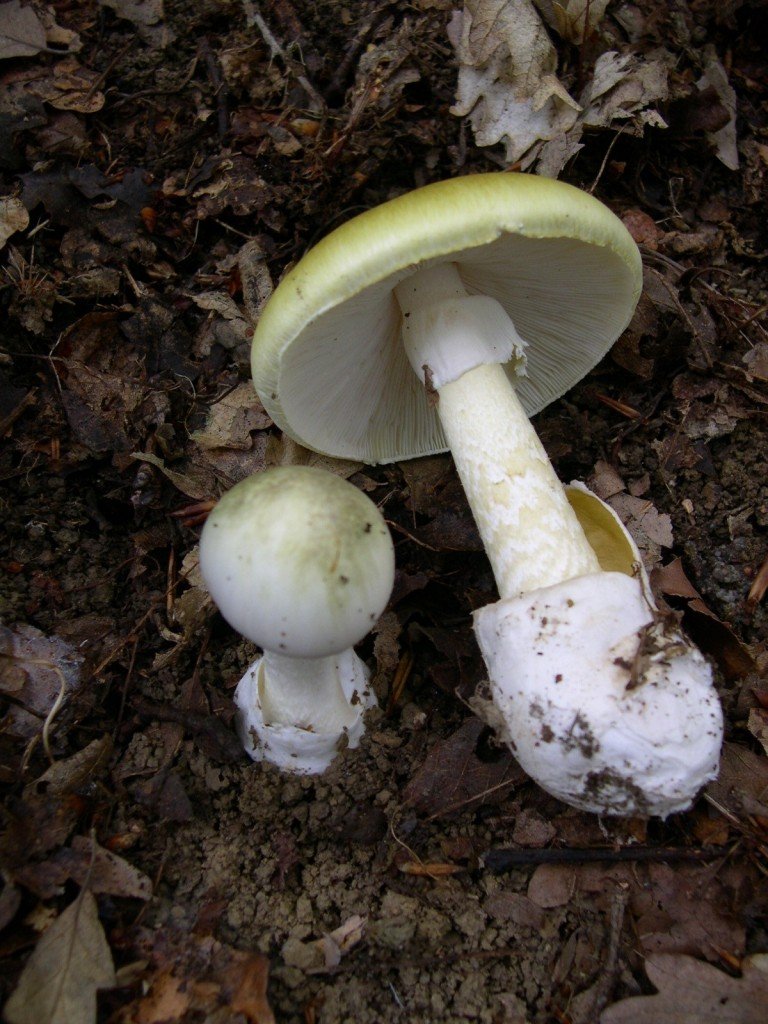Table of Contents (click to expand)
The most toxic substances known to man are botulinum toxin A (Botox), chlorine trifluoride, VX, batrachotoxin, carbon monoxide, and ricin. These substances are incredibly dangerous and can cause serious harm or even death if they are ingested or come into contact with the skin.
List of the most toxic substances in the world:
- Botulinum toxin A (Botox)
- Chlorine Trifluoride
- VX
- Batrachotoxin
- Carbon Monoxide
- Ricin
- Asbestos
Note: The list is in no way an exhaustive one; there may be many chemicals out there that were missed while compiling this list. This is just a short compilation of chemicals that are known as some of the most notorious in the world of toxins.
Recommended Video for you:
Botulinum Toxin A (Botox)
Commercially sold as ‘Botox’, this is arguably the most toxic substance in nature. It is actually a neurotoxic protein that is produced by a bacterium called Clostridium botulinum and other related species.

As a neurotoxin, it’s known to adversely impact the communication between nerves and muscle cells, which can cause respiratory failure and even death. You can judge the level of its toxicity by the fact that just 1 gram (0.035 ounces) of this chemical can potentially kill 8.3 million people through injection and 14,000 people if swallowed! (Source)

Amazingly enough, it’s also used to treat excessive sweating and muscle spasms in extremely small doses. Botox (the commercial name of botulinum toxin) is quite a common name in the world of cosmetic surgery and is frequently used as an anti-aging agent because it paralyzes the muscles that cause wrinkles.

Chlorine Trifluoride
This chemical is an interhalogen compound (meaning it only contains halogen atoms) with the formula ClF-3. Since it’s a much stronger oxidizing agent than oxygen, it’s highly corrosive and is known to start fires even in non-flammable stuff, such as asbestos, tungsten and even sand. (Source)
Owing to such highly reactive properties, this gas was once considered by Nazi Germany to be used in World War II as a weapon of mass destruction.

It was proposed that the gas would be discharged through flamethrowers to disintegrate enemy bunkers and start fires that couldn’t be extinguished through regular means.
VX
The name itself has an ominous undertone to it. A highly toxic organophosphate (an ester of phosphoric acid), it’s an odorless and tasteless liquid nerve agent that is known to be incredibly destructive to the body’s central nervous system.

As little as 10 milligrams (0.00035 oz) of this amber-colored liquid can kill a human being through skin contact. It is, in fact, the most poisonous nerve agent ever synthesized by man, and has therefore been banned (as a chemical weapon) by the Chemical Weapons Convention of 1993.
Batrachotoxin
This is a highly poisonous cardiotoxic and neurotoxic naturally-occurring chemical found in certain species of frogs, such as the poison dart frog, as well as other creatures like blue-capped ifrit, melyrid beetles and various others. (Source)

The thing about batrachotoxin is that it opens nerve cell ion channels permanently, which blocks communication and signaling to muscles, effectively paralyzing them. Certain creatures in the wild, like the golden dart frog, use this toxin as a weapon against predators.
Carbon Monoxide
Carbon monoxide is a colorless, odorless, and extremely poisonous gas that’s produced by the incomplete combustion of organic fuels, such as coal, diesel, wood etc. It is one of the primary poisonous gases found in the exhaust fumes of automobiles.

It severely impacts the oxygen-carrying capacity of blood by binding with the protein hemoglobin. If exposed to an environment with a carbon monoxide concentration of 1.28%, a victim would lose consciousness after 2-3 breaths and die in less than 3 minutes. (Source)
Ricin
Ricin is a naturally-occurring, carbohydrate-binding protein that’s known to do some serious damage to ribosomes (cell protein builders). Found in the castor oil plant, even a very small dose of ricin powder can kill a human being by wreaking havoc on numerous major organs.
Asbestos
Asbestos is not really a ‘single’ substance; it’s actually a set of 6 naturally-occurring silicate minerals, all of which have bunches of fibrous crystals. Thanks to an array of physical properties, like resistance to fire, sound absorption, thermal insulation and decent tensile strength, asbestos was once a popular construction material years ago.

However, the fibrous crystals of asbestos can accumulate in the lungs, causing a deadly respiratory condition called asbestosis. Unlike the other toxins listed here, asbestos can take quite a long time, even years, to kill a person. Even so, it is highly lethal… eventually, which makes it one of the scariest “slow poisons” known to man.
Some Other Deadly Chemicals
Alpha-Amanitin, a toxin found in several species of mushroom (e.g., death cap and destroying angel), causes liver failure upon ingestion.

2,3,7,8-Tetrachlorodibenzo-p-dioxin, popularly known as Agent Orange, is a colorless solid that’s usually formed as a byproduct of organic synthesis. It was used by the US military under Operation Ranch Hand – a herbicidal warfare program launched during the Vietnam War.
Some other notorious toxins include Arsenic, Strychnine, Tabun, nicotine, Polonium-210, sodium cyanide, Sarin, Tetrodotoxin and digoxin.
All of this is to say that there is a lot of toxic stuff out there, so you should keep your eyes open when dealing with chemicals you don’t recognize.













